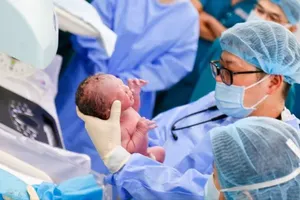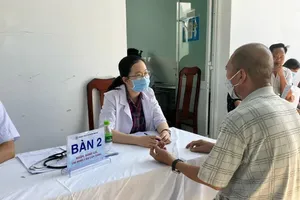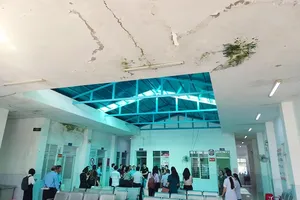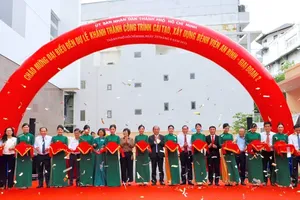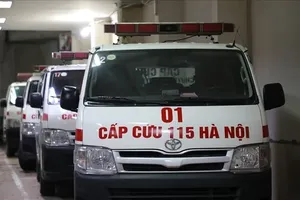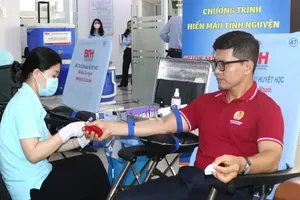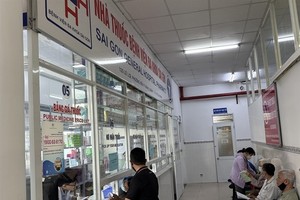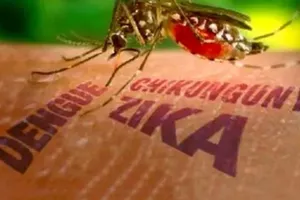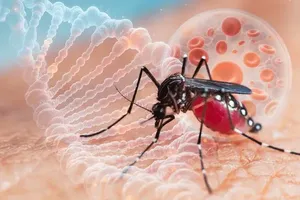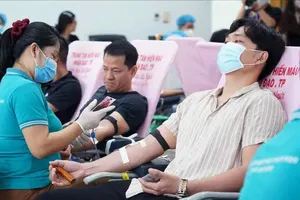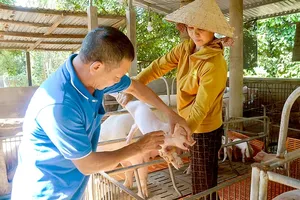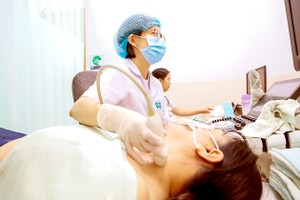 |
Hospital transfer rate decreases with good care in grassroots medical stations |
At yesterday’s online seminar ‘Healthcare in grassroot centers- from policy to action’ with the participation of representatives of 1,000 facilities nationwide, Ms. Dao Lan Huong said that 30 percent of hospitalizations in Vietnam will reduce if good healthcare is provided at grassroots medical stations.
According to her, if 10 groups of diseases with the highest hospitalization rates are controlled well at grassroots medical centers, hospitalizations of these diseases will be reduced by about 80 percent.
However, currently, the number of people coming for medical examination and treatment at the grassroots health system is decreasing due to many shortcomings without being solved. Among unresolved problems, the organizational model, policy mechanism, and financial mechanism are the biggest ones.
Mr. Nguyen Duc Hoa, Deputy General Director of Vietnam Social Insurance, said that according to the provisions of the amended Health Insurance Law, the Health Insurance Fund currently pays for 182 technical categories if a patient is treated in commune medical stations; but commune health stations have only implemented about 50 percent of the lists, and have not been paid by health insurance for about 50 percent of the technical lists within the scope of implementation.
The health insurance only pays for medical services in commune and ward health stations, these facilities must have their implementation list approved and ensure conditions for implementing techniques at the commune level, so they need to improve their professional capacity, said Mr. Hoa.
According to Mr. Hoa, the biggest challenge for grassroots healthcare is the shortage of medical workers in grassroots medical facilities and people's trust in commune and ward health stations.
